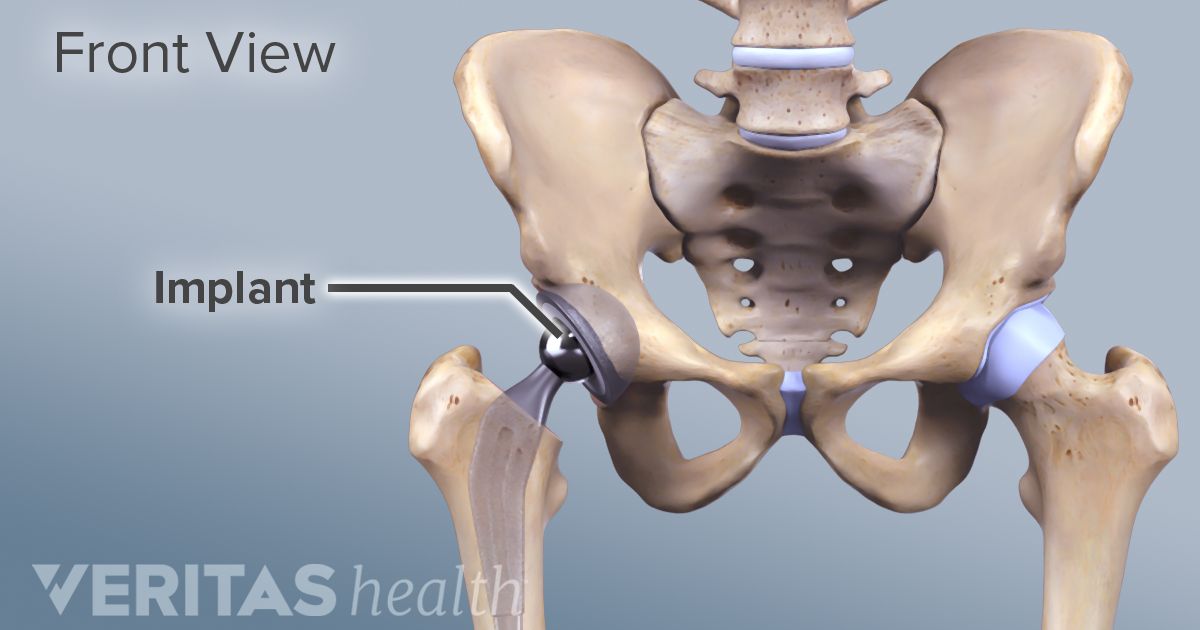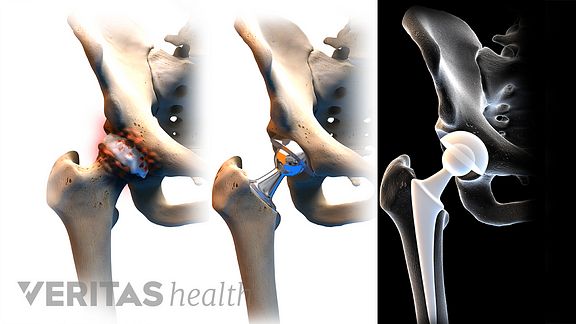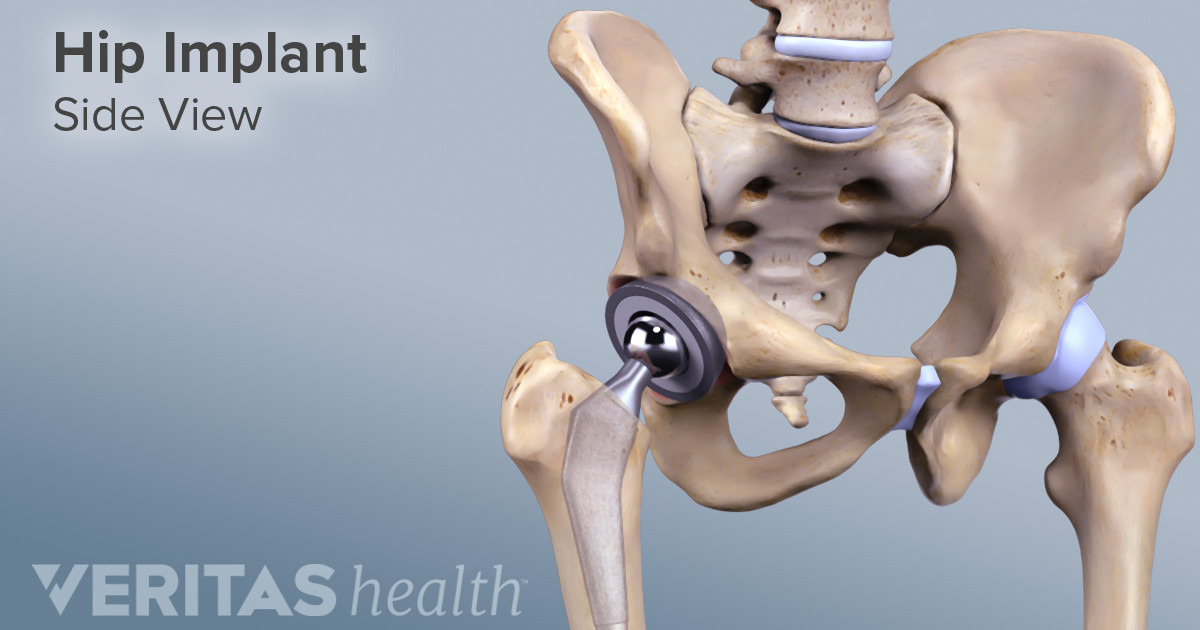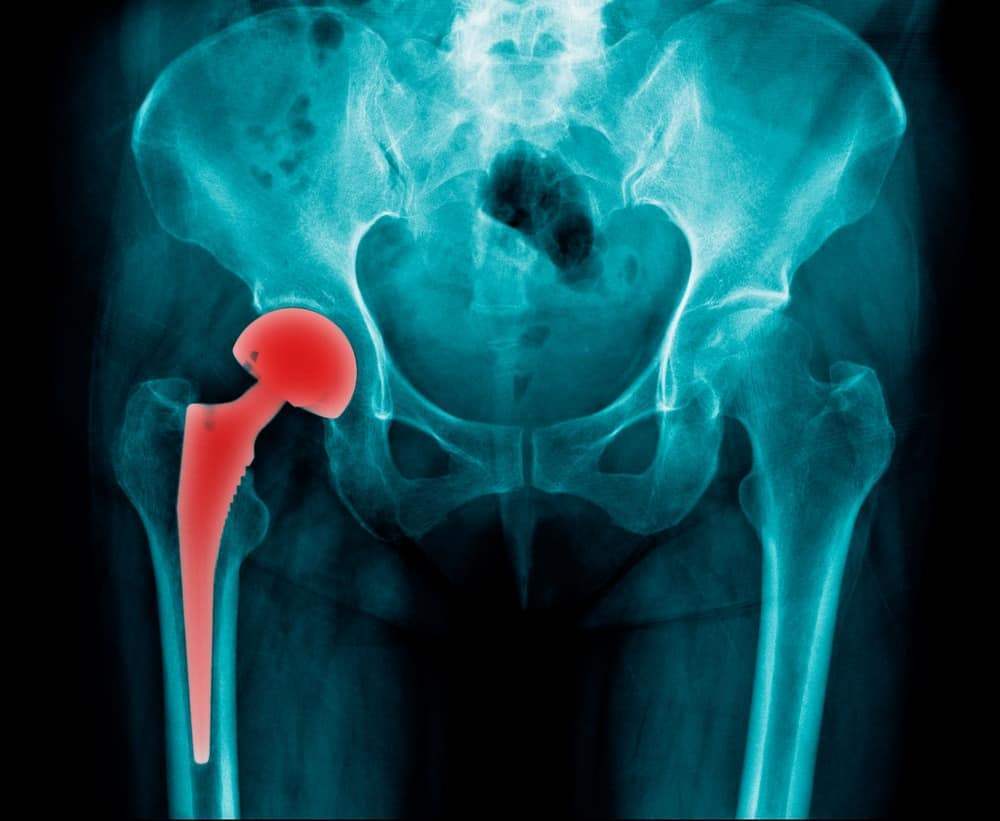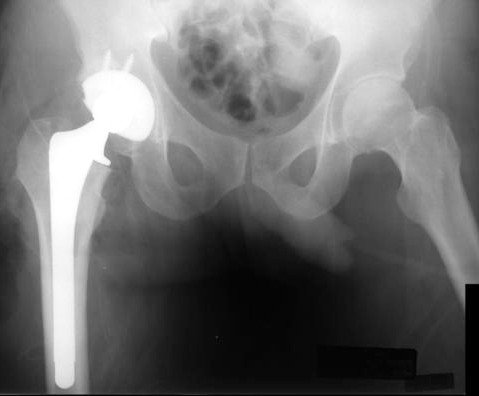Hip Replacement Late Infection Symptoms

Total removal of the implant.
Hip replacement late infection symptoms. Hip replacement complications include blood clots change in leg length dislocation fractures infection and loosening of the implant. Joint replacement infections are a very dangerous surgical complications after knee and hip replacement. After the physician has determined the exact bacteria causing the infection antibiotics are prescribed to target the specific bacterium. Sometimes after surgery knee replacement infection or joint replacement infections can occur.
People who have received metal on metal hips may also experience metallosis a form of metal poisoning that causes tissue damage and other serious conditions. No surgical procedure is without risks however. However the condition resolves on its own and results in little joint damage. In these cases bacteria can adhere to the implant itself which makes the infection difficult to treat.
An infection may develop during your hospital stay or after you go home. Hip replacement is a very common operation that is effective at providing pain relief and improving mobility however infection can sometimes occur following joint replacement. If you are suffering from pain in your hip here are 11 common hip bursitis symptoms and some hip bursitis treatment options. Late infections or those that show up months to even years after a hip or knee joint replacement surgery and those infections that have been present for longer periods of time will generally require a staged surgery.
Viruses too attack joints. A small percentage of patients undergoing hip or knee replacement roughly about 1 in 100 may develop an infection after the operation. The initial stage staged surgery. Hip bursitis is a condition that can cause pain and decreased mobility in your hardworking hip joint.
Joint replacement infections may occur in the wound or deep around the artificial implants. Hip bone joint infection treatment. Conditions that can damage the hip joint sometimes making hip replacement surgery necessary include. Standard treatment for joint infection is to remove the joint.
Rarely hip joint infection occurs due to fungus. Hip bursitis symptoms can vary from each person who experiences them depending on age level of activity and overall health. Commonly known as wear and tear arthritis osteoarthritis damages the slick cartilage that covers the ends of bones and helps joints move smoothly.




